Lavender is a common go-to aromatic plant found in almost any type of garden. Given how much color and vibrancy this plant brings, it’s almost a sin not to have them, especially if you’re an avid gardener.
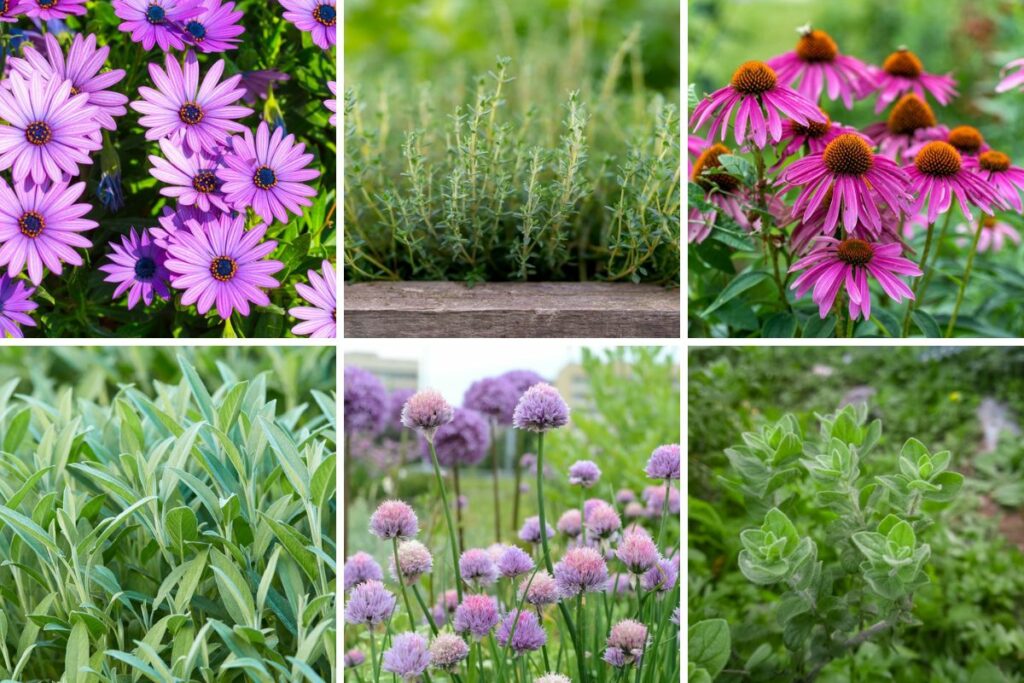
If you’re looking for the best plants to pair alongside lavender, we’ve got you covered. These are the top 15 lavender companion plants you should get for your garden.
1. Baby’s Breath (Gypsophila paniculata)
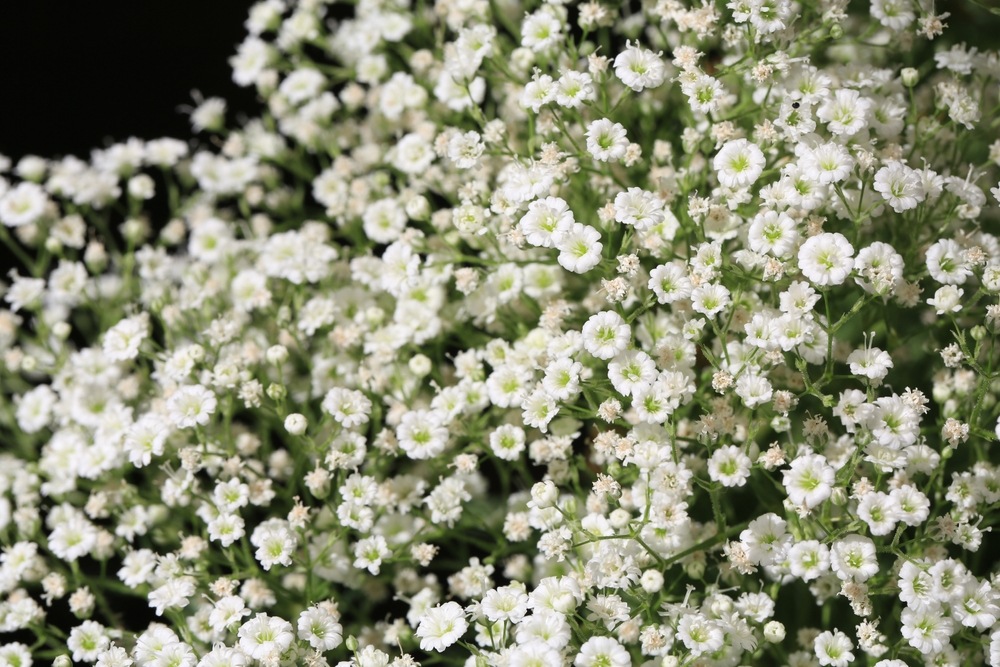
Baby’s breath is one of the typical flowers you can find in various floral arrangements. They usually come in colors pink or white and have a creeping growth.
When fully matured, Baby’s Breath can grow up to two to three feet tall and wide. These plants bloom during summer, so they need full sun exposure to thrive. At least six hours under direct sunlight should suffice.
They also have low water needs, so it’s best to plant them in well-draining, alkaline soil.
2. Rosemary (Rosmarinus officinalis)
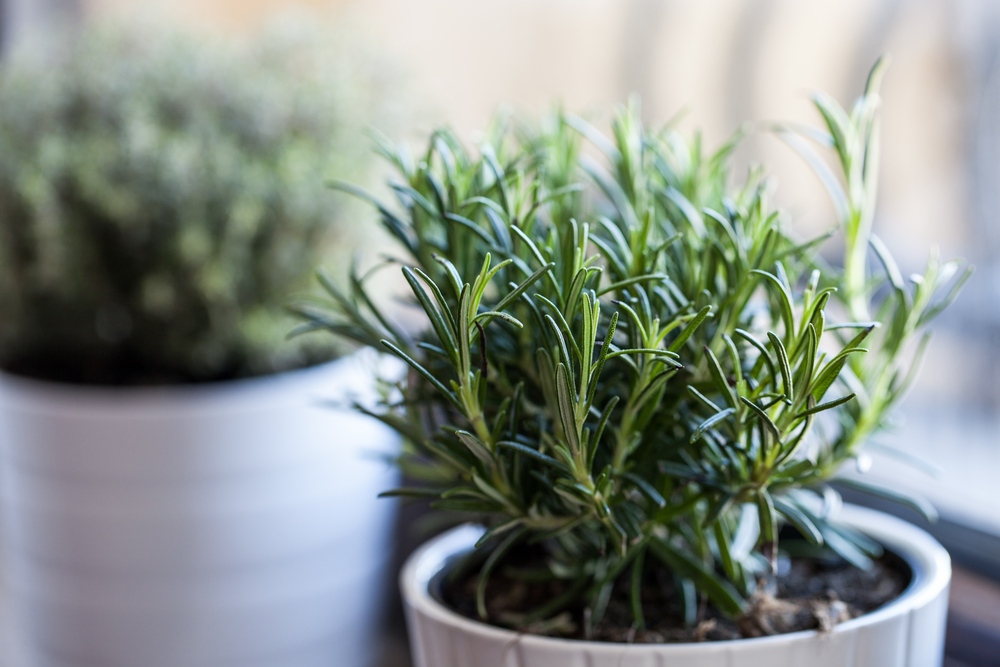
If you’re into cooking as much as gardening, you’ll find Rosemary a great addition. These fragrant herbs are bright green and can grow up to two to six feet tall.
They usually bloom during spring or summer, and they also need full exposure to the sun. Similar to Baby’s Breath, Rosemary needs at least six hours of direct sunlight, as it doesn’t do well under shade.
We recommend planting them in a well-draining loamy soil that’s either neutral or slightly acidic.
3. Ruby Grass (Melinis nerviglumis)
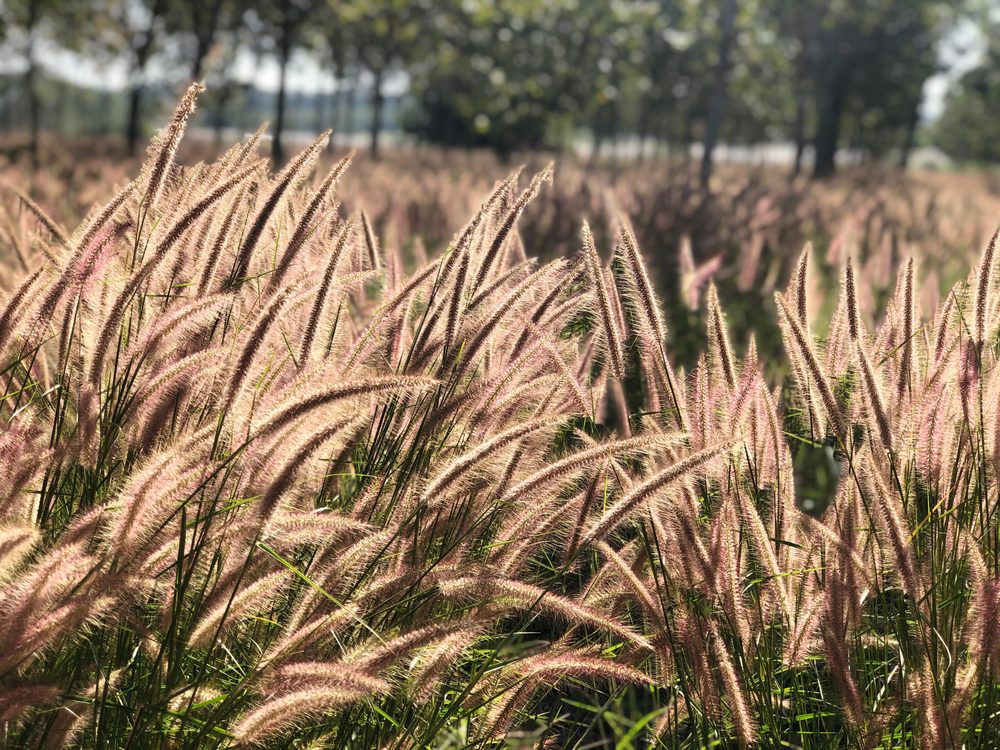
While the plant’s called Ruby Grass, its appearance resembles a pinkish shade with showy foliage. In full bloom, which happens during summer, it can grow one to three feet long under direct sunlight.
Ruby grass is generally low maintenance and quite a drought-tolerant plant. These tropical grasses thrive best in hot conditions and need to be planted in well-draining garden beds or pots.
Although this plant is drought tolerant, it’ll appreciate medium watering regularly. It’s best to plant Ruby Grass in loamy or sandy soils.
4. Thyme (Thymus vulgaris)

Thyme is another example of an aesthetically pleasing plant in the garden and a valuable aromatic ingredient in the kitchen. When they bloom during spring or summer, you’ll be greeted with colorful combinations of pink, white, and sometimes even red.
These aromatic herbs thrive best by growing alone with minimal supervision. As long as you plant them in loamy or sandy soils under direct sunlight, they’ll healthily grow 6 to 12 inches long.
Since Thyme grows fast, you want to give at least 12 to 24 inches of space in its surroundings when planting.
5. Blue Fescue (Festua glauca)
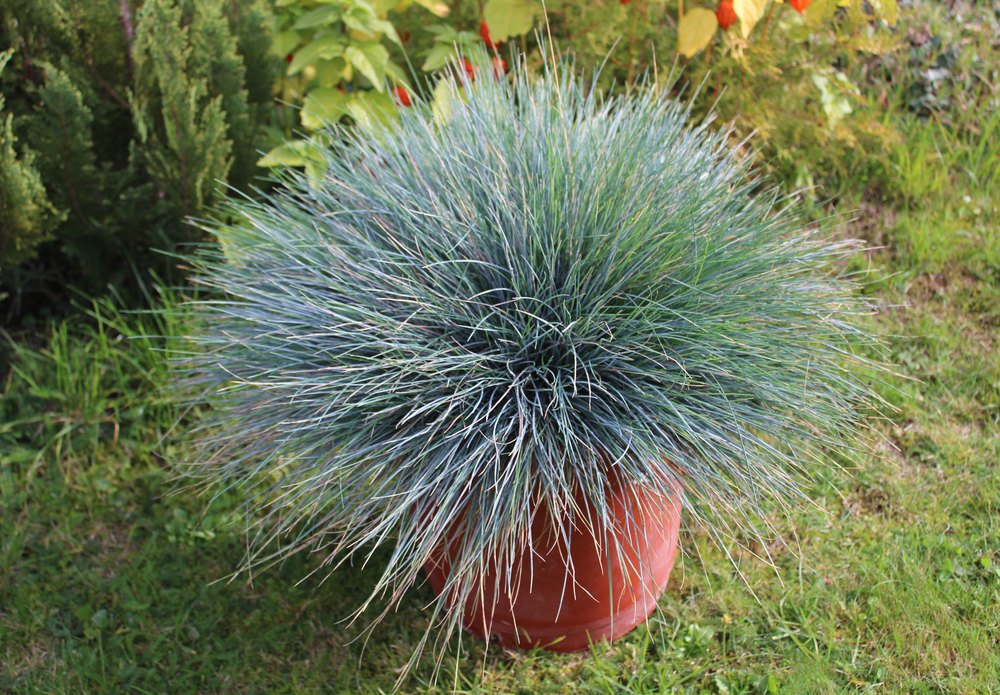
Blue Fescue is a fast-growing ornamental grass that blooms during summer. You can usually find these showy grasses parading silvery blue foliage with pale green flowers.
Under the right conditions, Blue Fescue can grow up to 12 inches long and 18 inches in spread. They thrive best in moist and well-draining soils under direct sunlight. Although they can tolerate a bit of shade, they won’t bloom as beautifully as with full sun exposure.
Additionally, these grasses need little watering. It’s enough to water them weekly during hot temperatures to avoid stunting their growth.
6. Oregano (Origanum vulgare)

If two aromatic herbs weren’t enough, you also have Oregano as one of the top lavender companion plants. They’re usually bright green but can sometimes appear darker or yellowish.
Oreganos bloom during summer and can grow one to two feet tall. You can plant them where they’ll have full sunlight exposure, though you must keep them away from pets. These plants are considered toxic to our little furry friends, so handle them with care.
These herbs thrive best in acidic to neutral soil that’s well-draining. You don’t have to worry much about watering since they only need around an inch per week.
7. Ornamental Onion (Allium)
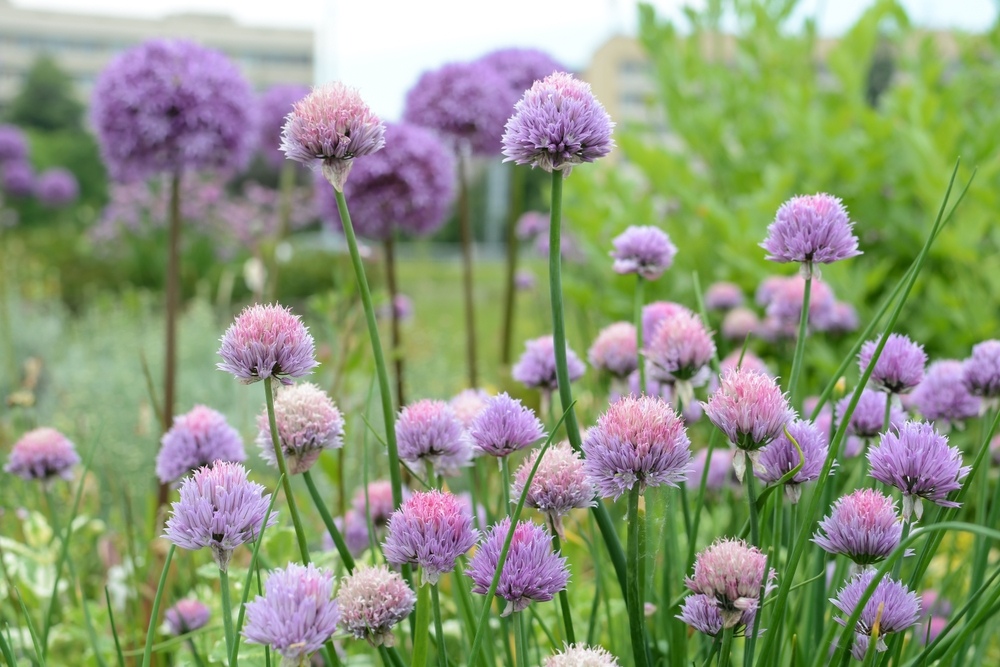
Despite what the name says, Ornamental Onions aren’t your typical spice ingredients for cooking. Although there’s a striking resemblance with their scent when crushed, this plant isn’t edible.
This ornamental plant comes in a variety of colors, such as:
- Yellow
- Purple
- White
- Pink
- Green
Ornamental Onions bloom during spring or early summer and can grow up to four feet tall. They can thrive in almost any type of soil, so long as it’s well-draining and positioned under direct sunlight. You can also water them every after three to five days.
8. Yarrow (Achillea millefolium)

Yarrow, also known as poor man’s pepper, blooms during summer or fall with pink, yellow, white, or orange flowers. When fully matured, these perennial plants can grow three feet tall and wide with full sun exposure.
It’s best to plant them in clay, loamy, or sandy soil that’s dry and well-draining. Since they’re also generally low maintenance, half an inch of water should be enough per week to encourage germination.
Yarrow is also toxic to cats and dogs, so it’s necessary to keep your pets away from it.
9. Purple Coneflower (Echinacea purpurea)
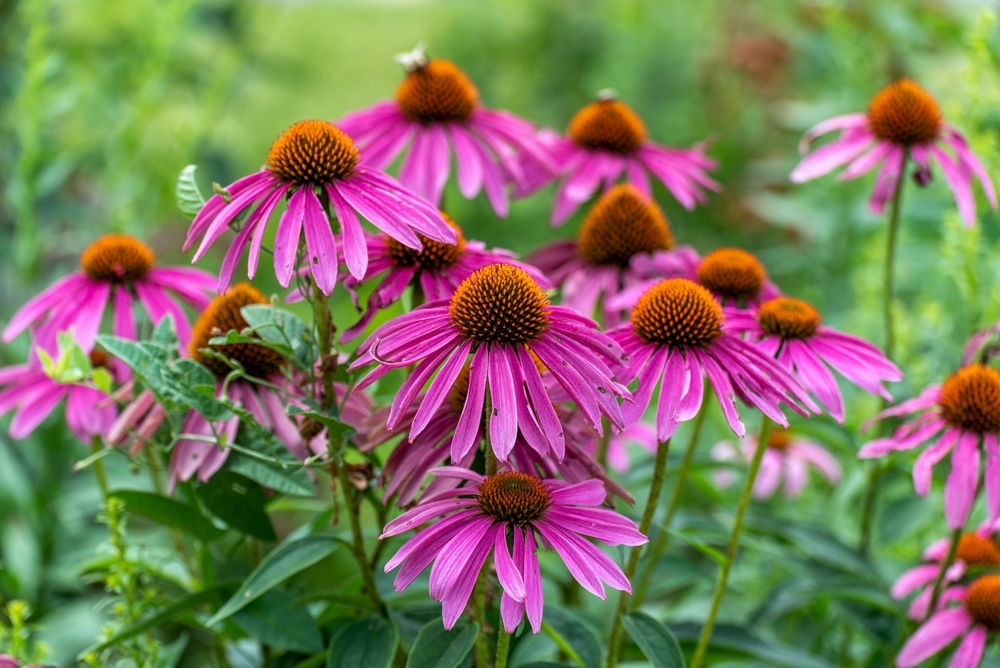
Purple Coneflowers are prairie plants that bloom during summer. These plants can grow just about anywhere as long as the soil is well-drained and under partial or full sunlight.
If grown properly, Purple Coneflowers can grow up to five feet tall and two feet wide. They’re also known for providing gardens with vibrance due to their pink and purple shade.
As much as this herbaceous perennial is drought-tolerant, it’ll grow and bloom better if you water them daily. You can reduce the watering schedule and amount after a year of growth.
10. Ice Plant (Sedum spetabile)
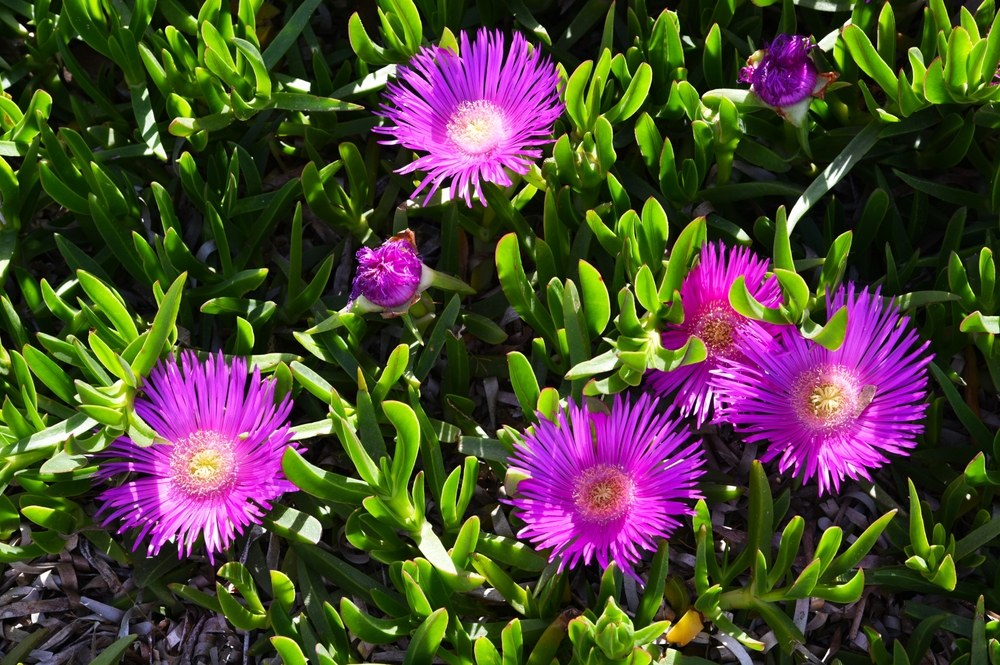
Ice Plant is a fast-growing, succulent-looking perennial that blooms in spring and is best planted during cooler seasons. This plant gives a lot of color to your garden as it comes in a variety of colors, including purple, yellow, red, orange, pink, and red.
When planting Ice Plants, you need well-draining, sandy, and neutral soil with a steady source of direct sunlight. As for watering, it won’t require you too much effort since they only need water once a week during hot temperatures and once every two weeks during colder seasons.
11. Bee Balm (Monarda didyma)
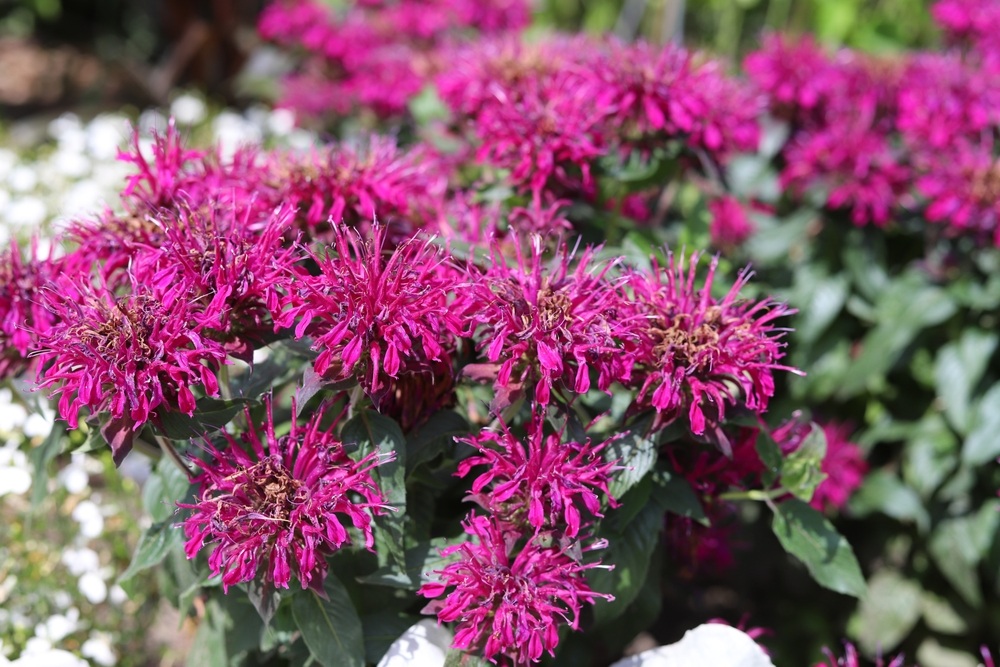
If you’re looking for a plant that has vibrant flowers and a long bloom duration, you might want to try the Bee Balm. This herbaceous perennial comes in the following colors:
- Pink
- White
- Lavender
- Purple
- Red
Bee Balms bloom during summer and can grow up to 48 inches tall and 36 inches wide under the right conditions. They thrive best in rich and moist soils under full or partial sunlight.
Since this plant enjoys moisture, you need to water it at least once a week or ensure its soil never dries out.
12. Sage (Salvia officinalis)
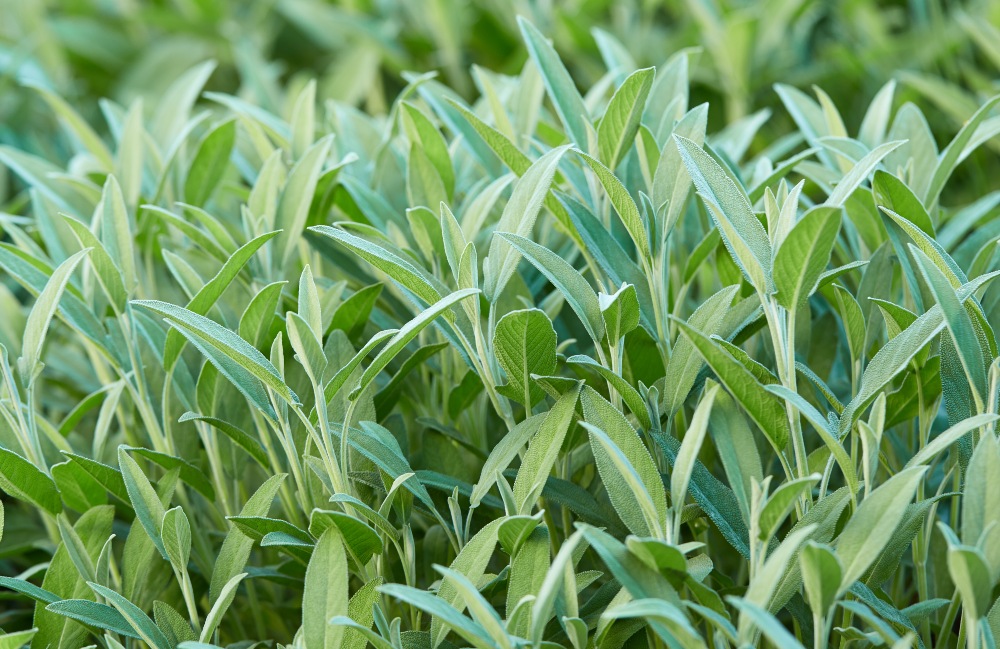
Sage, or Culinary Sage, is considered one of the easiest herbs to grow. It doesn’t grow as fast as the other lavender companion plants on this list, but its flowers have a unique bluish-purple color that makes it alluring.
With proper care, you can expect Sage to grow 2.5 feet tall and three feet wide. They can work with sandy and loamy soils as long as they’re well-drained and acidic or neutral.
This plant blooms during the summer, but you need to put it under some shade in hot temperatures.
13. Black-Eyed Susan (Rudbeckia fulgida)
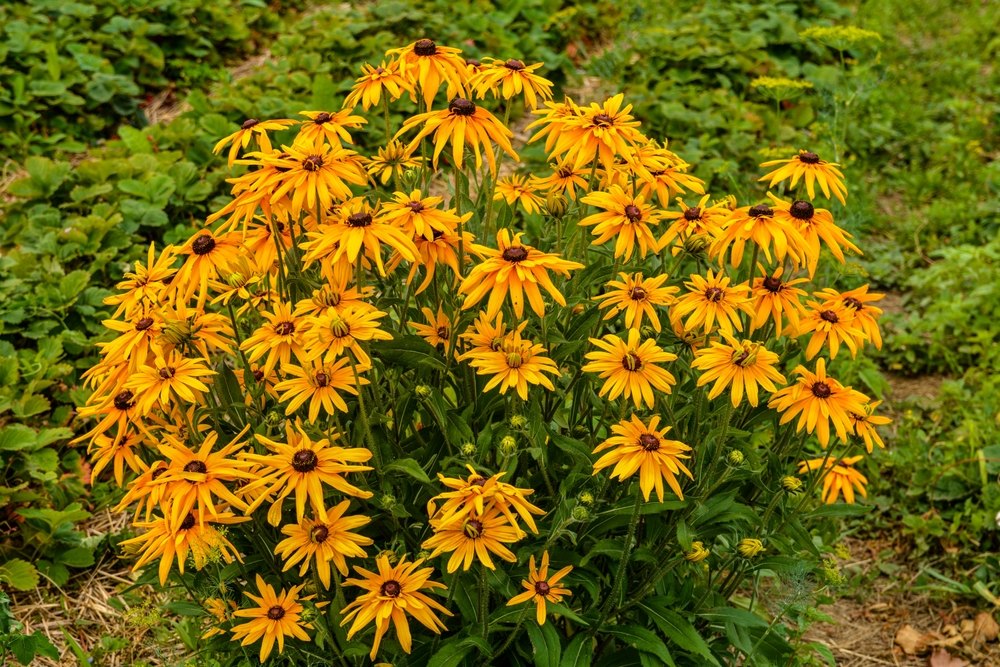
If you’re familiar with how bright and warm sunflowers look, you’ll find a striking resemblance in the Black-eyed Susan. This plant is in full bloom during summer or fall and usually appears yellow, red, or orange.
You can make the most of their growth by planting in neutral or acidic, moist soil under direct sunlight. Regular watering is crucial during the initial stages of planting. However, you can transition to half an inch per week after a few months or a year.
At most, Black-eyed Susan can grow from two to three feet tall.
14. African Daisy (Osteospermum jucundum)
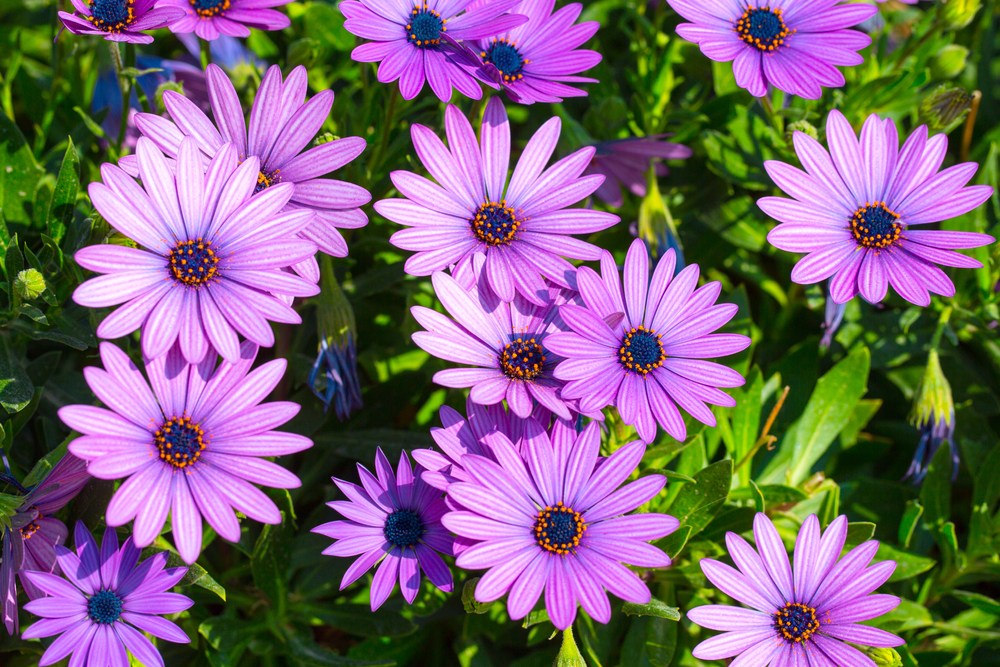
Whether you decide to put them in pots or garden beds, African Daisies are a delight to look at. These low-maintenance plants need the following soil conditions to thrive better:
- Moist
- Well-draining
- Slightly acidic
- Highly organic
African Daisies can have a pink, purple, white, orange, or yellow appearance. Their bloom time can be during fall, spring, or summer.
When watering these annual perennials, an inch of water every week should be enough to support their growth.
15. Rose Shrub (Rosa)
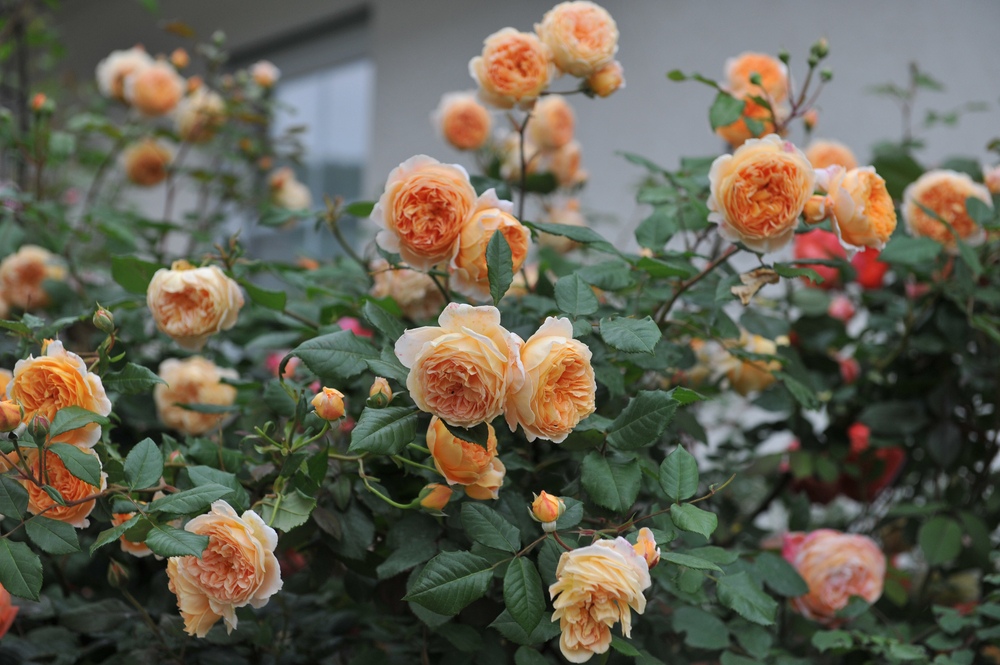
Rose Shrubs are commonly known for their distinct red, yellow, pink, or apricot color and fragrant blossoms. Similar to African Daisies, they bloom during spring, summer, or fall.
In terms of overall size, Rose Shrubs can go anywhere between 6 inches to 20 feet in height and width. If you want them to thrive better, your soil must be loamy and well-drained with a slightly acidic pH.
Like most lavender companion plants in this list, Rose Shrubs enjoy full sun exposure. However, they need watering at least twice a week.






